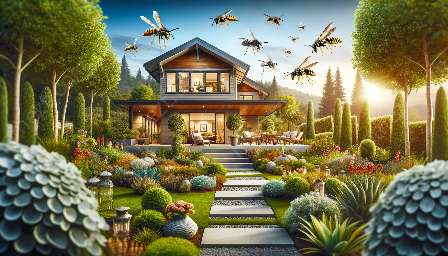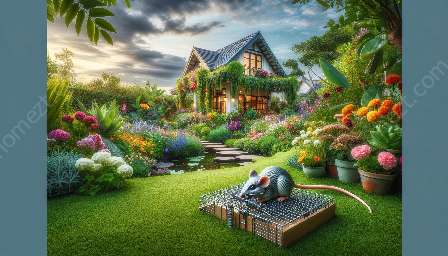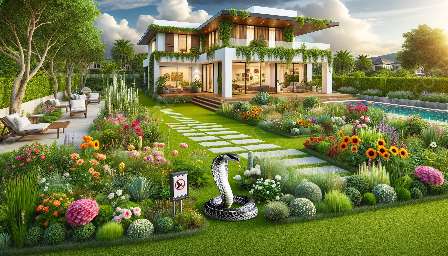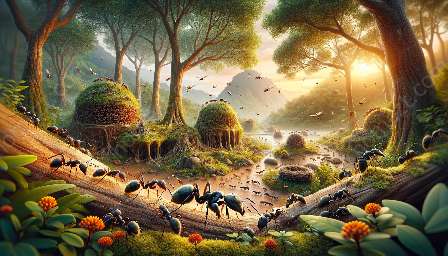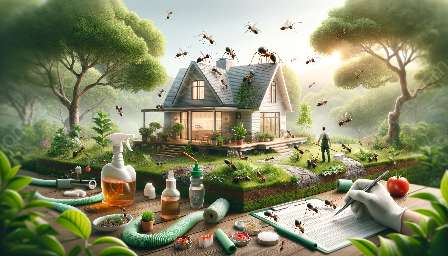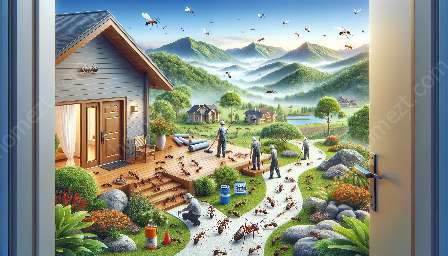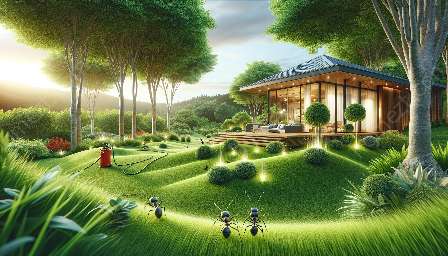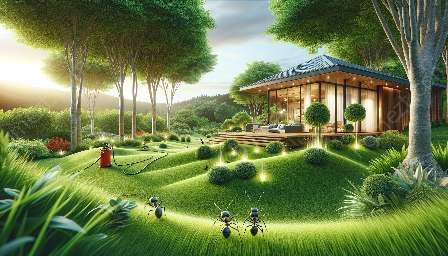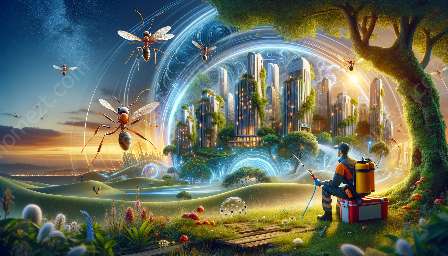Ants are a diverse and highly organized group of insects that play a crucial role in ecosystems, including your home and garden. Understanding their behavior, biology, and impact on pest control is essential for creating a balanced coexistence. This comprehensive guide explores the captivating world of ants while providing insights into managing ant infestations and promoting a thriving home and garden environment.
The Fascinating Behavior of Ants
Ant Colonies and Social Structure: Ants live in highly organized colonies with specific roles, such as worker ants, soldiers, and the queen. Their complex social structure enables efficient foraging, communication, and resource allocation.
Foraging and Communication: Ants use chemical signals and tactile cues to communicate and navigate their surroundings. They are adept at locating food sources and establishing foraging trails, often leading to pest control challenges within homes and gardens.
Ant Diversity and Adaptations: With over 12,000 species worldwide, ants display remarkable diversity in size, behavior, and habitat preferences. Their ability to adapt to various environments makes them a prevalent presence in both natural and urban settings.
The Biology and Life Cycle of Ants
Ant Anatomy and Physiology: Ants are characterized by their three distinct body segments, including the head, thorax, and abdomen, as well as antennae and powerful mandibles. Each body part serves specific functions related to feeding, movement, and communication.
Reproductive Behavior: The queen ant is essential for colony reproduction, as she can lay thousands of eggs. Understanding the reproductive cycle of ants is crucial for effective pest control and managing ant populations within homes and gardens.
Environmental Impact: Ants contribute to ecosystem dynamics through their roles as consumers, decomposers, and predators. While they provide valuable ecological services, certain species may disrupt the balance in human-influenced environments, necessitating pest control strategies.
Ants and Pest Control: Strategies for Management
Identifying Common Ant Species: Understanding the characteristics and behaviors of common ant species is the first step in implementing targeted pest control measures. This knowledge allows for the selection of effective control methods while minimizing environmental impact.
Integrated Pest Management (IPM): Emphasizing a holistic approach, IPM combines preventive measures, biological control, and chemical interventions to manage ant infestations. It promotes sustainable pest control practices that prioritize environmental safety and long-term effectiveness.
Home and Garden Solutions: Implementing barriers, such as sealing entry points and maintaining proper sanitation, can deter ants from entering indoor spaces. Additionally, utilizing natural repellents and non-toxic deterrents aligns with eco-friendly pest control in home and garden settings.
Fostering a Balanced Ecosystem
Ecological Considerations: Recognizing the ecological role of ants in nutrient cycling and soil aeration underscores the need for balanced pest control approaches. Preserving natural ant populations while managing nuisance species contributes to overall ecosystem health.
Gardening Harmoniously: Creating an inviting habitat for beneficial insects, including certain ant species, supports garden biodiversity and resilience. Employing organic gardening methods and native plantings can enhance natural pest control while minimizing reliance on chemical interventions.
Continual Monitoring and Adaptation: Regular observation of ant populations in home and garden environments enables early detection of infestations and informed decision-making. Adopting a proactive stance in pest control fosters a harmonious coexistence with ants and other beneficial organisms.








